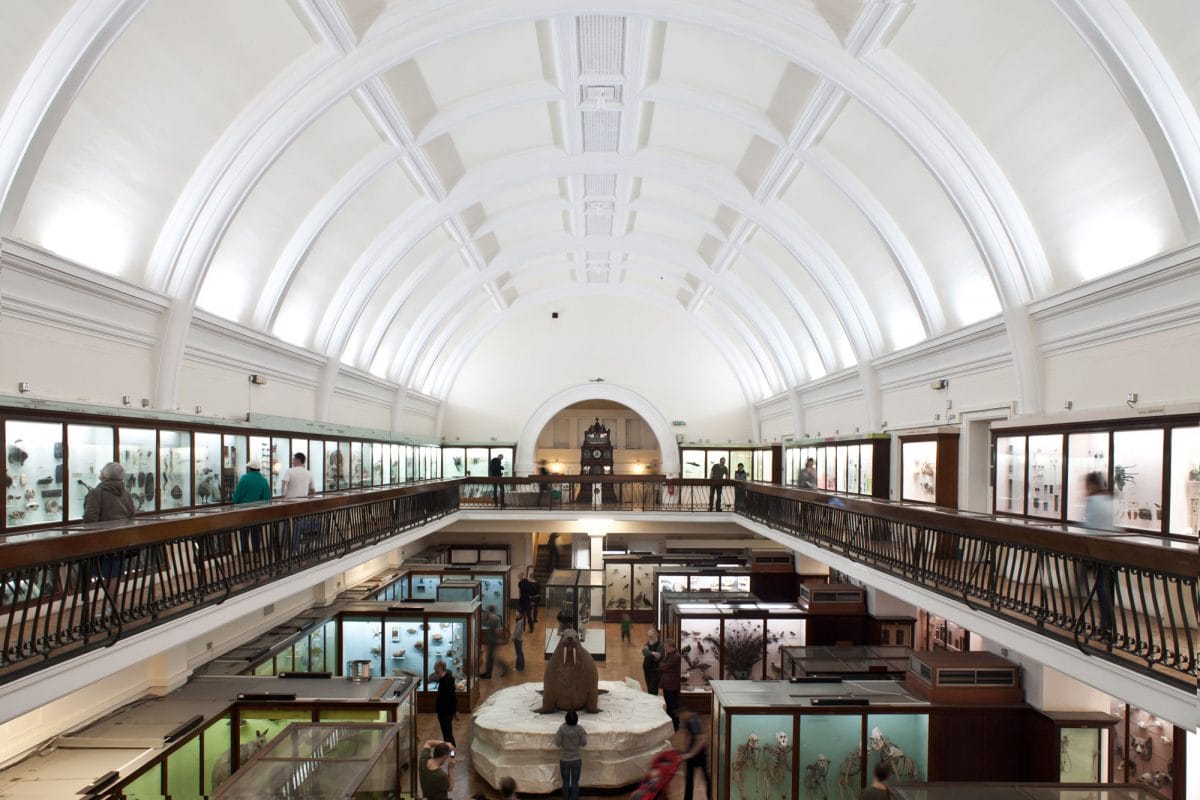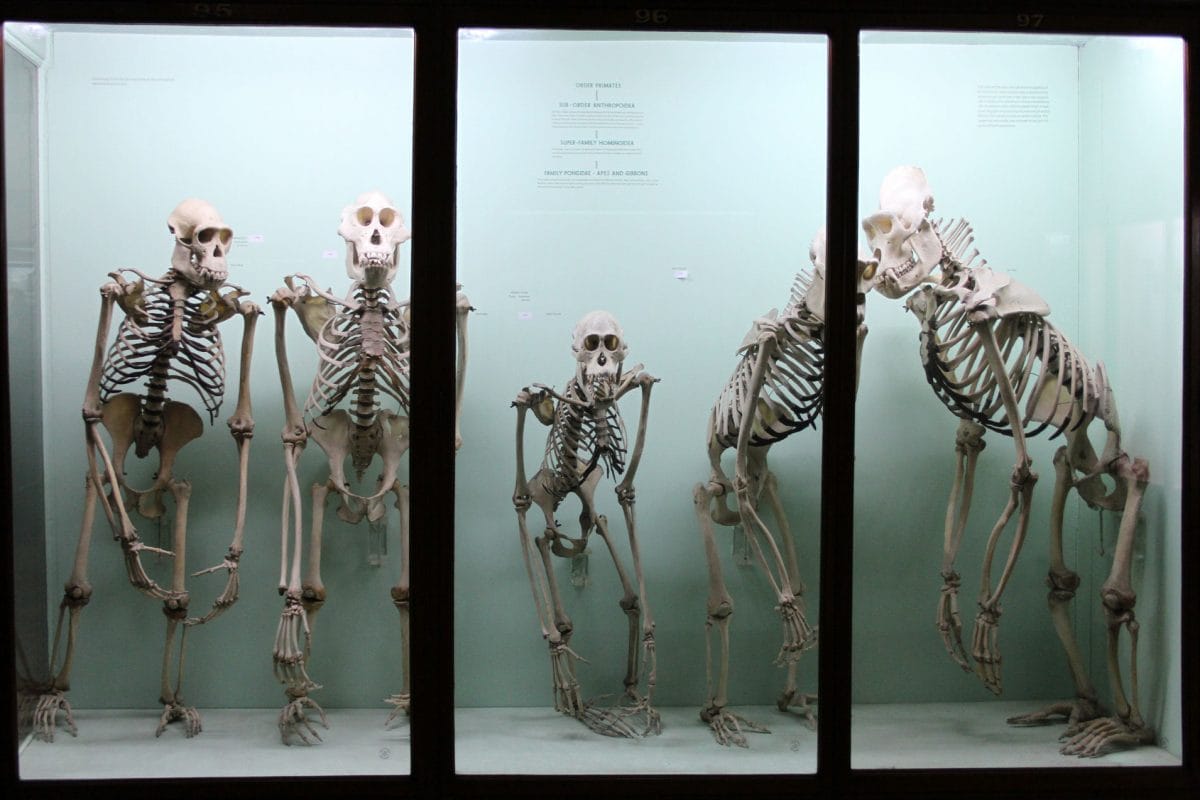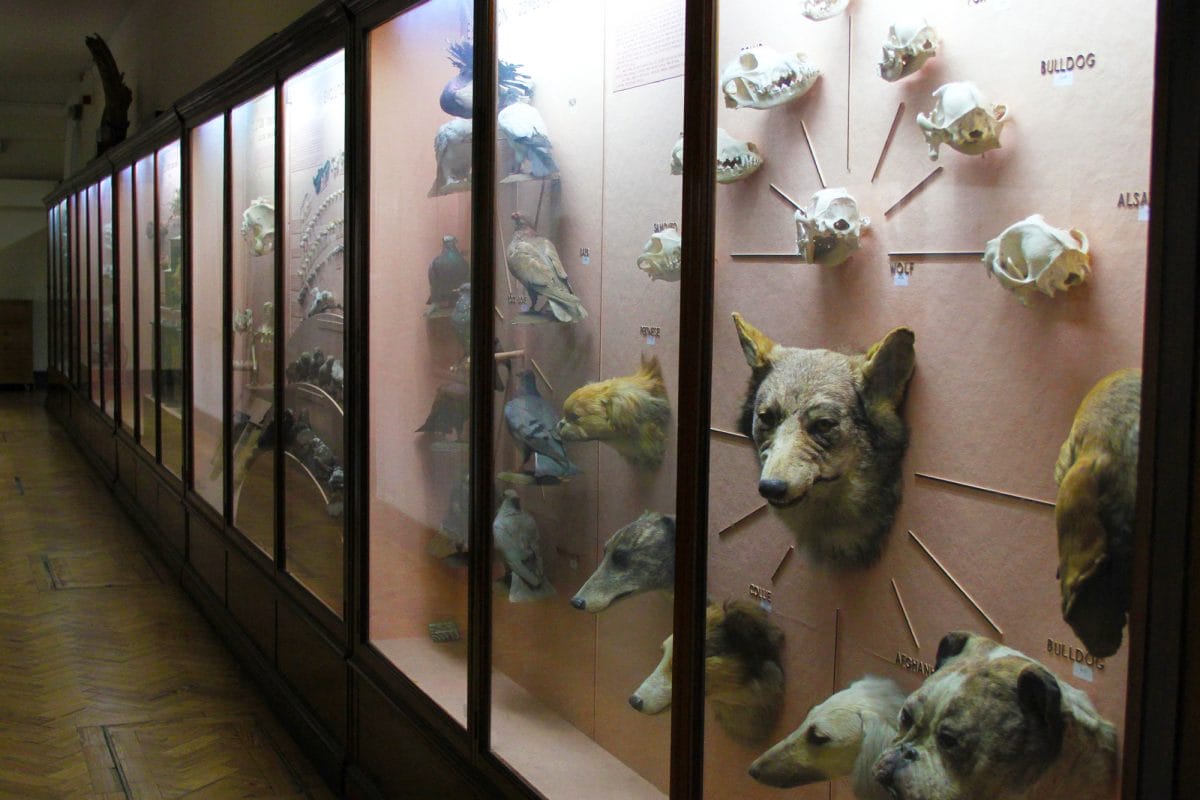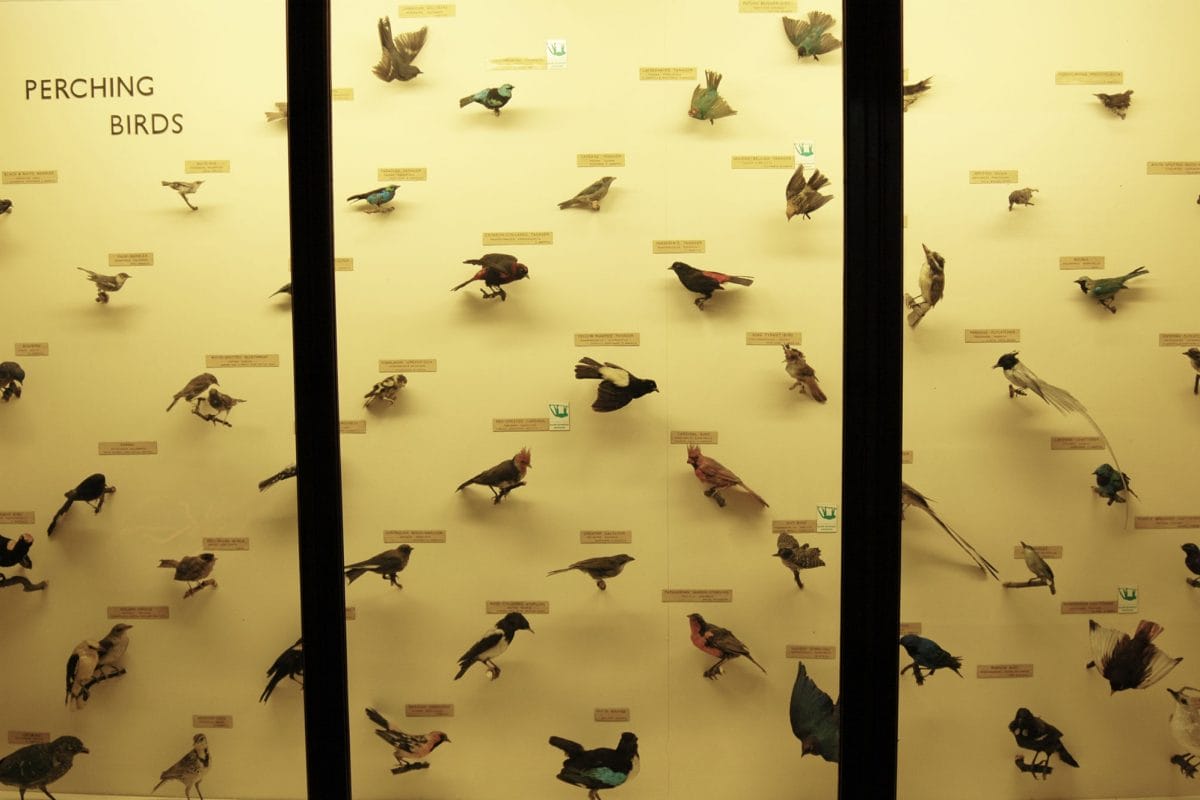Natural History Gallery
Closed for refurbishment
The Natural History Gallery is now closed until the redisplay is finished in 2026, as part of our Nature+ Love Project.
Our Natural History Gallery first opened in 1901. The design was influenced by the Arts and Crafts and Art Nouveau movements of the time.
Many of the original showcases remain. Displays are packed full of taxidermy, skeletons and specimens preserved in fluid, giving the gallery a unique historic feel.
Most of the specimens, including our taxidermy mount of a walrus were collected more than 100 years ago during the Victorian and Edwardian periods.
Visit the Natural History Gallery to see:
- the origins of Frederick Horniman’s natural history collecting and the formation of his founding collection;
- how the collecting and discovery of new species fuelled a thirst for knowledge. Discover how this ongoing passion amongst collectors and the general public alike influenced our understanding of the natural world;
- how the practice of taxidermy thrived in the 19th century. Taxidermy was increasingly used in home décor and incorporated into fashionable dress, with catastrophic consequences for many species.
Exploring the Gallery
The gallery is split into two levels.
On the ground floor, you will find displays covering evolution and adaptation in the natural world, including cases looking specifically at the evolution of the horse and elephant species.
Collections of domestic dog and pigeon breeds look at the effects of domestication and selective breeding. Many of the gallery themes have changed little in 100 years.
At the centre of the room is the Horniman Walrus, perhaps Forest Hill’s most famous resident, who sits proudly on his iceberg.
On the first floor, you will find a geological timeline of mostly British fossils, as well as the start of a display about classification in the animal kingdom.
Moving anti-clockwise around the balcony, you can discover the different groups of animals which have evolved over time, and how they are organised by taxonomy. This display continues downstairs among the larger cases.
Also on the balcony, you can find the Apostle Clock and a children’s reading space.




Inspired By Nature
You can explore the human fascination with nature through regularly changing displays featuring star specimens from our Natural History collections at the entrance to the Natural History Gallery.
Access
You can access the Balcony via stairs at the back of the gallery or by the lift near the entrance.